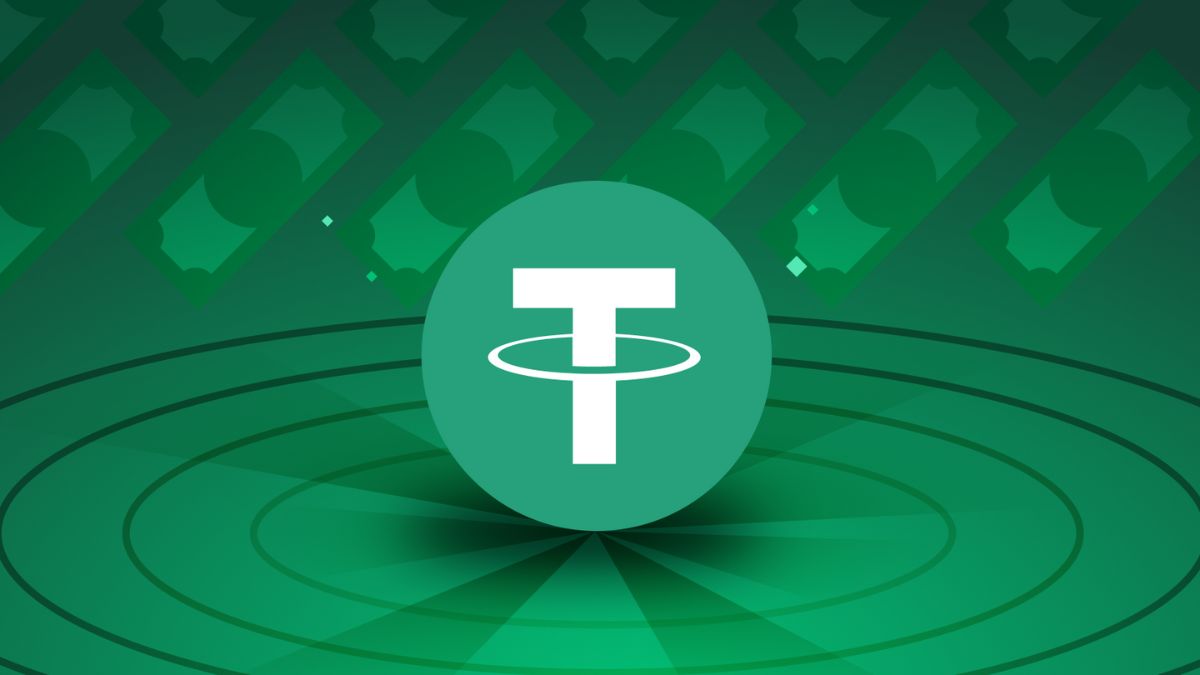
Advertisement
Tether (USDT) has become the most popular stablecoin in the crypto world, and its dominance is especially visible in the online gambling and crypto casino space. It offers the perfect mix of stability, speed, low transaction costs, and accessibility, which has made it the number one choice for both players and platforms. While other cryptocurrencies like Bitcoin or Ethereum are well-known, their price volatility makes them less suitable for gambling. Players need a coin that holds its value, and Tether, which is pegged 1:1 with the US dollar, solves that problem perfectly.
How has Tether gained so much popularity?
Tether has also taken a strong lead over other stablecoins like USD Coin (USDC) and USDe. It holds about 60 per cent of the stablecoin market share, compared to USDC’s 30 per cent and USDe’s 5.5 per cent. In terms of where it is being used, USDT dominates on blockchain networks like Tron and Binance Smart Chain (BNB), and it also sees significant use on Ethereum and Polygon. Its popularity on Tron is especially noteworthy because that chain supports extremely fast transactions with minimal fees. For example, sending USDT on Tron often takes less than a minute and costs under $0.10, which is ideal for quick gambling deposits and withdrawals.
Another major reason for Tether’s popularity in online casinos is that it allows users to gamble with more privacy and fewer restrictions. Many USDT-friendly platforms do not require Know-Your-Customer (KYC) checks, meaning users can remain anonymous. This is especially attractive in countries with gambling restrictions or poor access to banking. Because Tether is so widely accepted and easy to use, it offers a level of freedom that traditional banking or even other stablecoins like USDC cannot always provide.
Although USDC also offers price stability and transparency, it has not caught on in the gambling world to the same degree. One reason is that USDC operates within stricter compliance rules, which means casinos that use it often have to follow more regulations, including KYC checks and restrictions based on location. Additionally, USDC is not widely available on some of the cheaper and faster blockchain networks like Tron. Instead, it is more commonly used in traditional finance or for regulated institutional activity. That makes it less appealing for gambling sites, which usually prioritise speed, convenience, and fewer barriers to entry.
Tether’s liquidity is another big advantage. With a circulating supply of over $120 billion, compared to just $30 billion for USDC, there’s simply more Tether to go around. This means deeper liquidity pools, smoother transactions, and fewer issues for players trying to move money in and out of games. Many casinos have already built their systems around USDT, which also gives it a kind of first-mover advantage and keeps users coming back.
In terms of daily usage, Tether often sees trading volumes above $75 billion, even outperforming Bitcoin and Ethereum. It has more than 25 million unique addresses and continues to grow steadily. For gambling platforms, this makes it a safe and trusted tool for managing payments. For players, it means faster access to funds, better control over bankrolls, and fewer surprises when checking balances during gameplay.
In short, Tether offers exactly what online gamblers are looking for: a stable value, lightning-fast transaction times, very low fees, easy accessibility, and fewer rules to follow. While USDC may be more transparent and regulated, those same traits make it less flexible and slower to adopt in the gambling world. As crypto gambling continues to grow and move toward the mainstream, Tether’s early adoption, wide availability, and user-friendly nature will likely keep it in the lead. Tether hasn’t just become the top stablecoin for casinos, it’s shaping the future of how people gamble with crypto.
